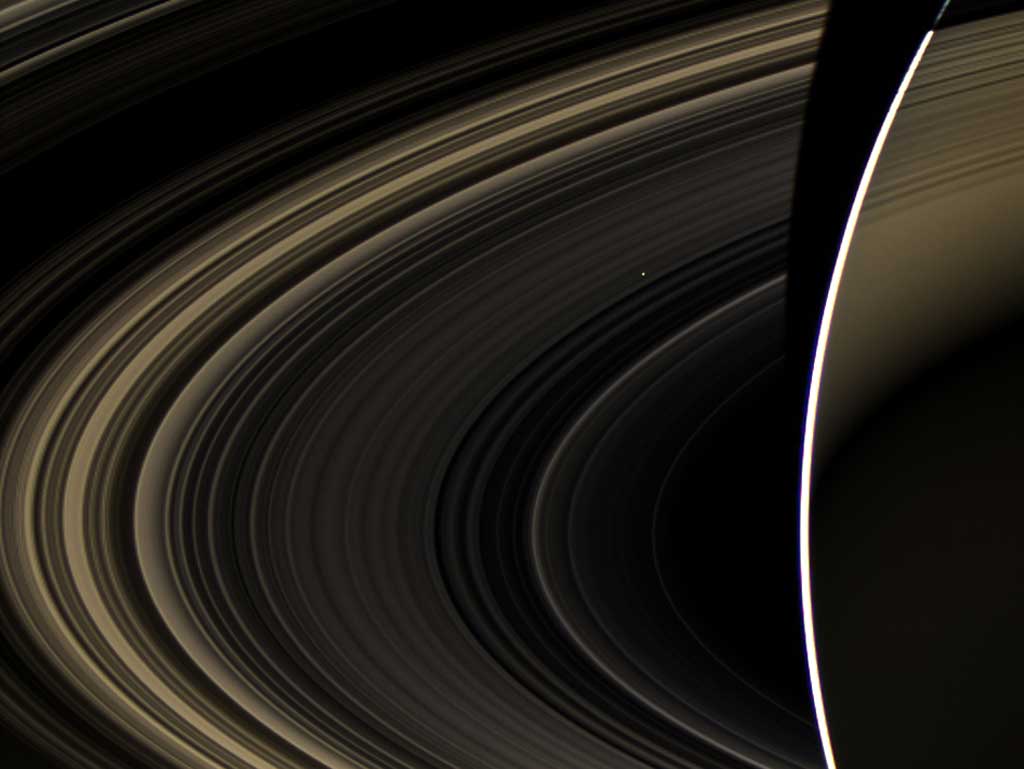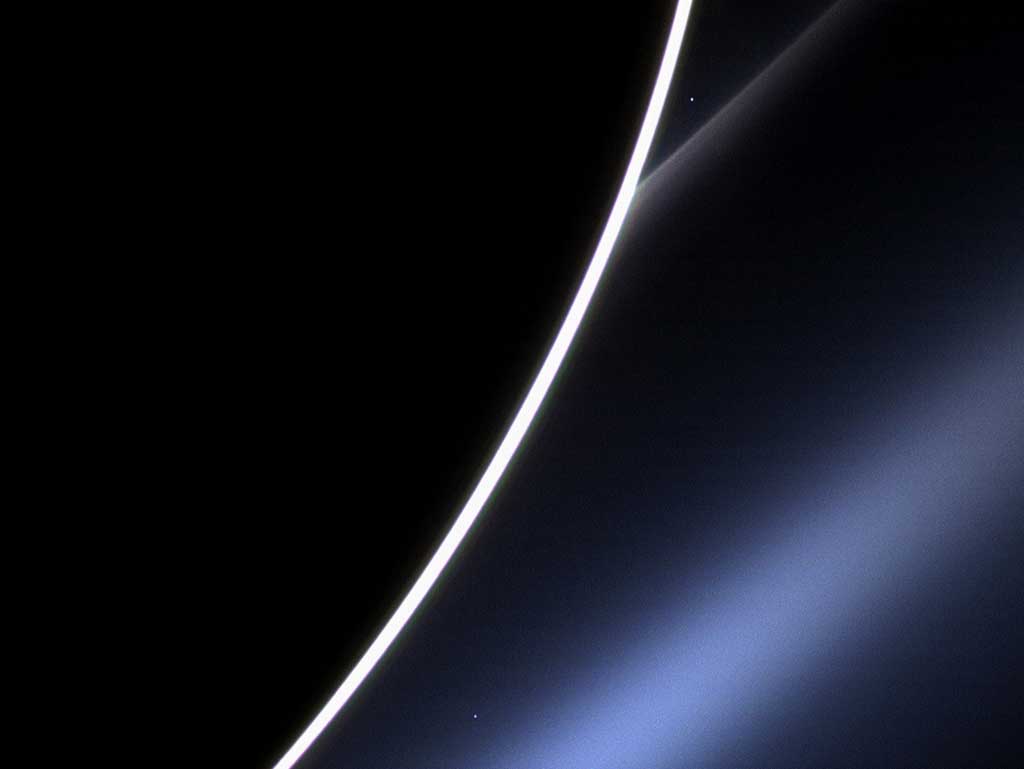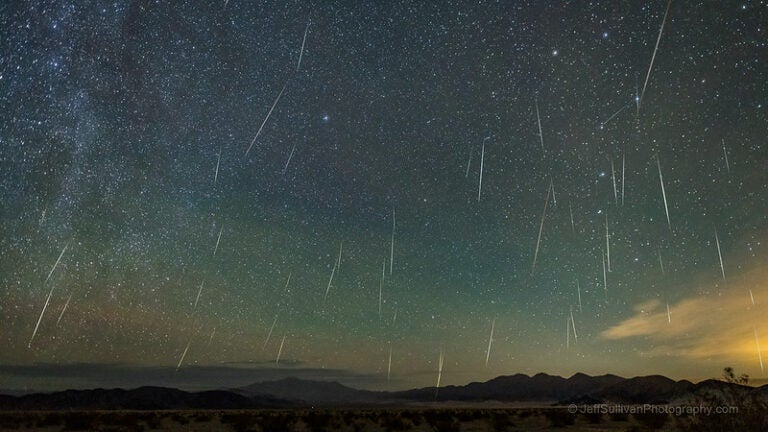A distant world gleaming in sunlight, Earth’s twin planet, Venus, shines like a bright beacon in images taken by NASA’s Cassini spacecraft in orbit around Saturn.
One special image of Venus and Saturn was taken last November when Cassini was placed in the shadow of Saturn. This allowed Cassini to look in the direction of the Sun and Venus and take a backlit image of Saturn and its rings in a particular viewing geometry called “high solar phase.” This observing position reveals details about the rings and Saturn’s atmosphere that cannot be seen in lower solar phase.
One of the Venus and Saturn images being released today is a combination of separate red, green, and blue images covering the planet and main rings and processed to produce true color. Last December, a false-color version of the mosaic was released.
One special image of Venus and Saturn was taken last November when Cassini was placed in the shadow of Saturn. This allowed Cassini to look in the direction of the Sun and Venus and take a backlit image of Saturn and its rings in a particular viewing geometry called “high solar phase.” This observing position reveals details about the rings and Saturn’s atmosphere that cannot be seen in lower solar phase.
One of the Venus and Saturn images being released today is a combination of separate red, green, and blue images covering the planet and main rings and processed to produce true color. Last December, a false-color version of the mosaic was released.
Another image, taken in January, captures Venus just beyond the limb of Saturn and in close proximity to Saturn’s G ring, a thin ring just beyond the main Saturnian rings. The diffuse E ring, which is outside the G ring and created by the spray of the moon Enceladus, also is visible.
Venus, along with Mercury, Earth, and Mars, is one of the rocky “terrestrial” planets in the solar system that orbits relatively close to the Sun. Though Venus has an atmosphere of carbon dioxide that reaches nearly 900° Fahrenheit (500° Celsius) and a surface pressure 100 times that of Earth’s, it is considered a twin to our planet because of their similar sizes, masses, rocky compositions, and close orbits. It is covered in thick sulfuric acid clouds, making it very bright.
Venus, along with Mercury, Earth, and Mars, is one of the rocky “terrestrial” planets in the solar system that orbits relatively close to the Sun. Though Venus has an atmosphere of carbon dioxide that reaches nearly 900° Fahrenheit (500° Celsius) and a surface pressure 100 times that of Earth’s, it is considered a twin to our planet because of their similar sizes, masses, rocky compositions, and close orbits. It is covered in thick sulfuric acid clouds, making it very bright.











